Table of content
Introduction
Vegetable rice, a hearty and nutritious one-pot meal, has become a staple in kitchens worldwide for its simplicity and versatility. Whether you’re a busy professional, a student, or a home cook seeking a fuss-free dinner, this dish delivers flavor, texture, and balance—all while minimizing cleanup. Using a rice cooker streamlines the process further, transforming humble ingredients into a satisfying meal with minimal effort. This article will guide you through crafting the perfect vegetable rice in a rice cooker, from selecting ingredients to mastering cooking techniques. We’ll explore customization options, storage tips, and creative twists to elevate this humble dish into a culinary masterpiece. By the end, you’ll have a go-to recipe that adapts to your taste buds, dietary preferences, and schedule.
Why Choose a Rice Cooker?
Rice cookers are kitchen workhorses designed for consistency and convenience. Unlike stovetop cooking, which demands constant attention, rice cookers automate the process using built-in thermostats and timers. This ensures evenly cooked grains every time, freeing you to multitask or relax. Modern rice cookers often feature additional settings for porridge, steaming, or even baking, but their primary strength lies in simplifying rice-based dishes like vegetable rice. The enclosed environment traps steam, infusing the rice and vegetables with moisture and aroma without risk of burning.
Ingredients: Building Your Flavor Base
The beauty of vegetable rice lies in its adaptability. While the core components remain rice and vegetables, the possibilities for customization are endless. Below is a foundational recipe, with notes on substitutions and additions:
Base Ingredients
- Rice: 2 cups (jasmine, basmati, or short-grain white rice work best; brown rice requires more water and time).
- Vegetables: 2 cups (mix of diced carrots, peas, bell peppers, corn, spinach, or broccoli).
- Aromatics: 1 small onion (diced), 2 garlic cloves (minced), 1-inch ginger (grated; optional).
- Liquid: 2.5 cups low-sodium vegetable broth (or water) for depth of flavor.
- Oil: 1 tbsp olive oil, sesame oil, or coconut oil (for sautéing aromatics).
- Seasonings: 1 tsp salt, ½ tsp black pepper, 1 tsp soy sauce (or tamari for gluten-free).
Optional Add-Ins
- Protein: 1 cup cooked chickpeas, diced tofu, or shredded chicken.
- Herbs: Chopped cilantro, basil, or green onions for garnish.
- Spices: ½ tsp turmeric (for color), cumin, or paprika.
- Texture: Toasted cashews, slivered almonds, or fried onions.
Step-by-Step Cooking Process
Prep Your Ingredients
- Rinse the Rice: Place rice in a fine-mesh sieve and rinse under cold water until the water runs clear. This removes excess starch, preventing clumping.
- Chop Vegetables: Dice vegetables into uniform pieces to ensure even cooking. Softer veggies (like spinach) can be added later, while firmer ones (carrots, bell peppers) cook best when included from the start.
- Sauté Aromatics (Optional): If your rice cooker has a “sauté” function, heat oil and cook onions, garlic, and ginger until fragrant. If not, sauté in a pan on the stove before transferring to the cooker.
Combine Ingredients in the Rice Cooker
- Add rinsed rice, sautéed aromatics, and diced vegetables to the cooker. Stir gently to distribute ingredients.
- Pour in broth (or water) and seasonings. For added richness, substitute ½ cup broth with coconut milk or tomato sauce.
- If using protein, stir it in now. Delicate ingredients like cooked shrimp or tofu should be added after cooking to prevent overcooking.
Cook and Fluff
- Close the lid and select the “white rice” or “quick cook” setting. Cooking times vary by model but typically take 20–30 minutes.
- Avoid lifting the lid during cooking, as this releases steam and disrupts the process.
- Once done, let the rice rest for 5–10 minutes with the lid on. This allows residual heat to steam the grains further, ensuring fluffiness.
- Fluff with a fork, gently incorporating any vegetables that rose to the top.
Garnish and Serve
- Top with fresh herbs, a drizzle of sesame oil, or a sprinkle of toasted nuts.
- Serve warm with a side of kimchi, pickled vegetables, or a fried egg for a complete meal.
Tips for Perfect Vegetable Rice Every Time
-
Adjust Liquid Ratios:
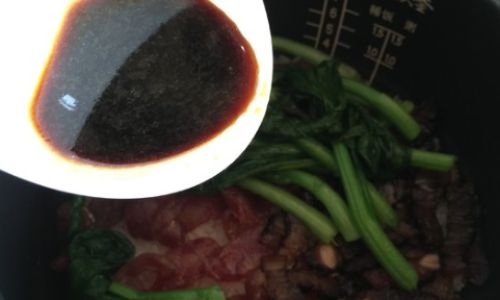
- Brown rice requires 3 cups of liquid per 2 cups of rice.
- Leafy greens (spinach, kale) release moisture; reduce liquid by ¼ cup if using them.
-
Enhance Flavor:
- Swap broth for dashi (Japanese stock) or miso paste dissolved in water for umami depth.
- Add a pinch of saffron or a splash of lemon juice for brightness.
-
Prevent Soggy Rice:
- Avoid overcrowding the cooker; leave 1–2 inches of space for steam circulation.
- Use a 1:1.25 rice-to-liquid ratio for firm grains (adjust to taste).
-
Meal Prep Hacks:
- Cook a large batch and portion into airtight containers. Reheat with a splash of water to restore moisture.
- Freeze individual servings for up to 3 months.
Creative Variations to Try
Spicy Sichuan-Style
- Add 1 tbsp chili paste (like gochujang) and 1 tsp Sichuan peppercorns to the broth.
- Top with crushed peanuts and fresh cilantro.
Mediterranean Twist
- Use diced tomatoes, zucchini, and olives.
- Stir in 1 tsp smoked paprika and a handful of crumbled feta before serving.
Vegan “Fried Rice”
- Sauté 1 cup frozen mixed vegetables with 1 tbsp soy sauce.
- Add 1 tsp rice vinegar and a beaten egg (or scrambled tofu) during the final cooking phase.
Curry-Infused
- Mix 1 tbsp curry powder into the broth.
- Serve with a dollop of Greek yogurt and toasted coconut.
Troubleshooting Common Issues
-
Undercooked Rice:
- Check your rice cooker’s manual for specific water ratios.
- Let the rice rest longer after cooking to absorb residual moisture.
-
Mushy Vegetables:
- Add delicate veggies (spinach, peas) during the last 5 minutes of cooking.
- Roast firm vegetables (carrots, cauliflower) before adding to the cooker.
-
Burnt Bottom:
- Use a nonstick cooker or line the base with parchment paper.
- Reduce cooking time by 2–3 minutes if your model runs hot.
Storage and Reheating Guide
-
Refrigerator:
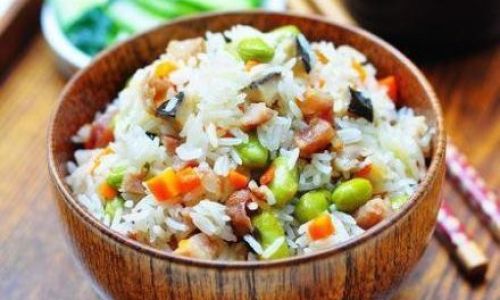
Cool completely before storing in an airtight container. Consume within 4 days.
-
Freezer:
Portion into freezer-safe bags or containers. Thaw overnight in the fridge before reheating.
-
Reheating:
- Microwave: Add a splash of water and cover with a damp paper towel. Heat in 1-minute intervals.
- Stovetop: Sauté in a pan with a bit of oil until warmed through.
The Versatility of Vegetable Rice
Vegetable rice isn’t just a side dish—it’s a canvas for culinary creativity. Serve it as a base for stir-fries, stuff it into peppers, or shape it into patties for veggie burgers. Its mild flavor profile pairs well with bold sauces, from tangy teriyaki to creamy tahini. For picky eaters, blend vegetables like cauliflower or zucchini into the rice for hidden nutrition.
Conclusion
Mastering vegetable rice in a rice cooker is a game-changer for anyone seeking wholesome, no-fuss meals. By understanding ingredient ratios, cooking techniques, and customization options, you can transform this simple dish into a weekly staple. Whether you’re craving comfort food, meal-prepping for the week, or experimenting with global flavors, vegetable rice delivers—one fluffy grain at a time. So plug in your rice cooker, gather your veggies, and let the magic begin. Your taste buds (and your schedule) will thank you.
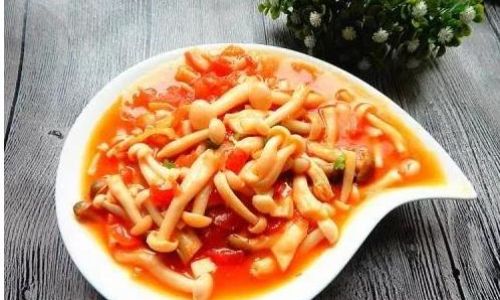
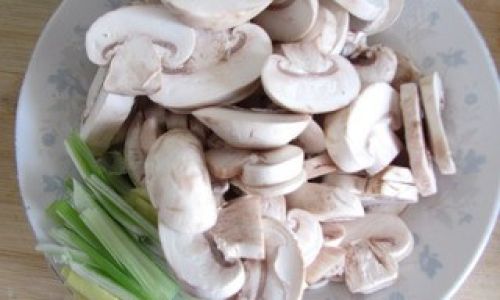


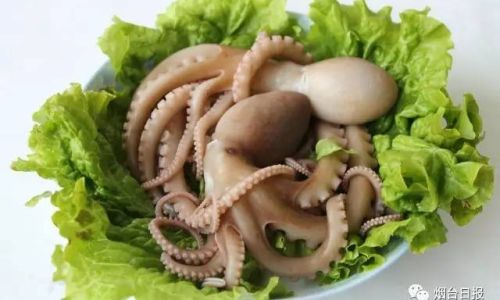
0 comments